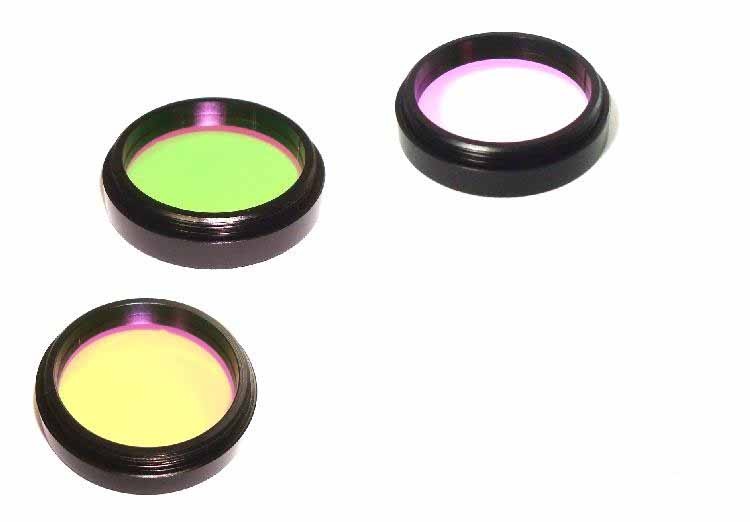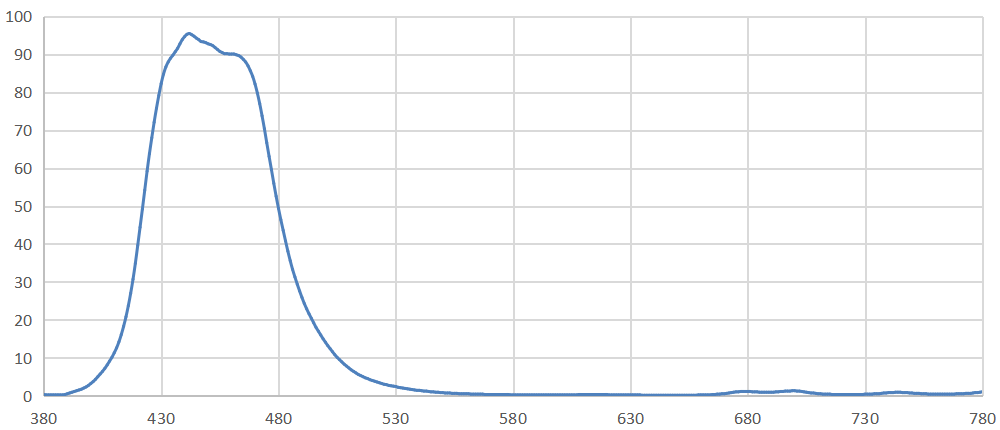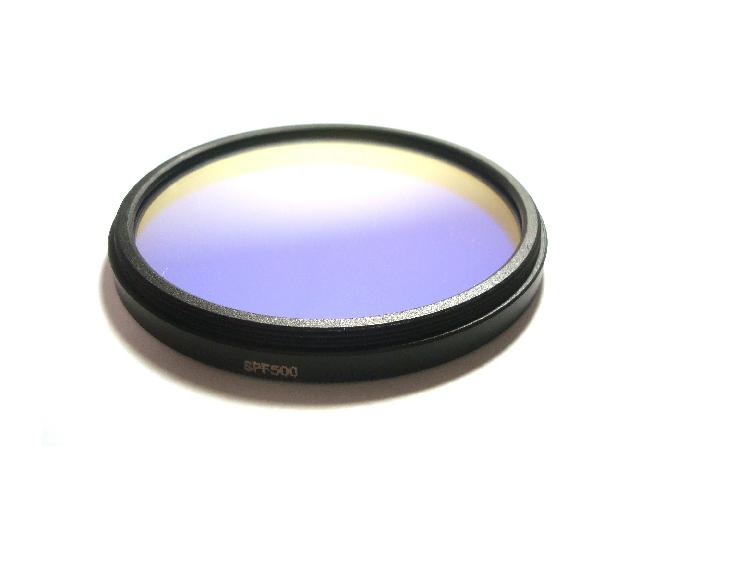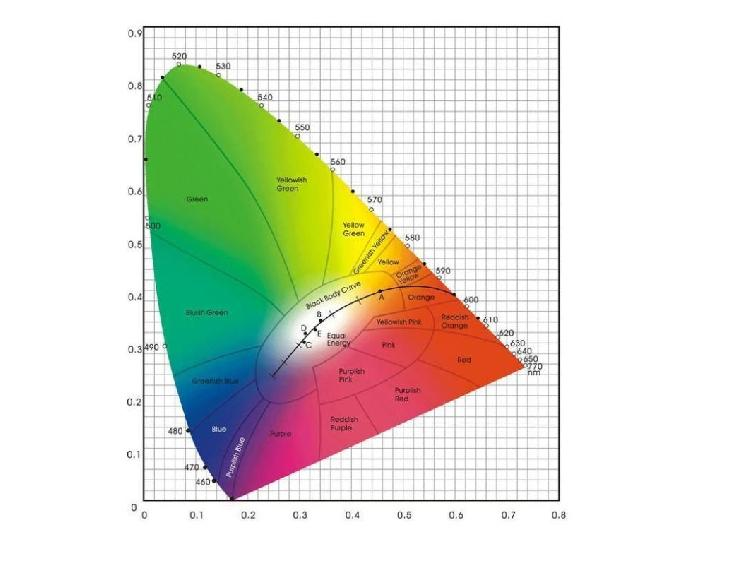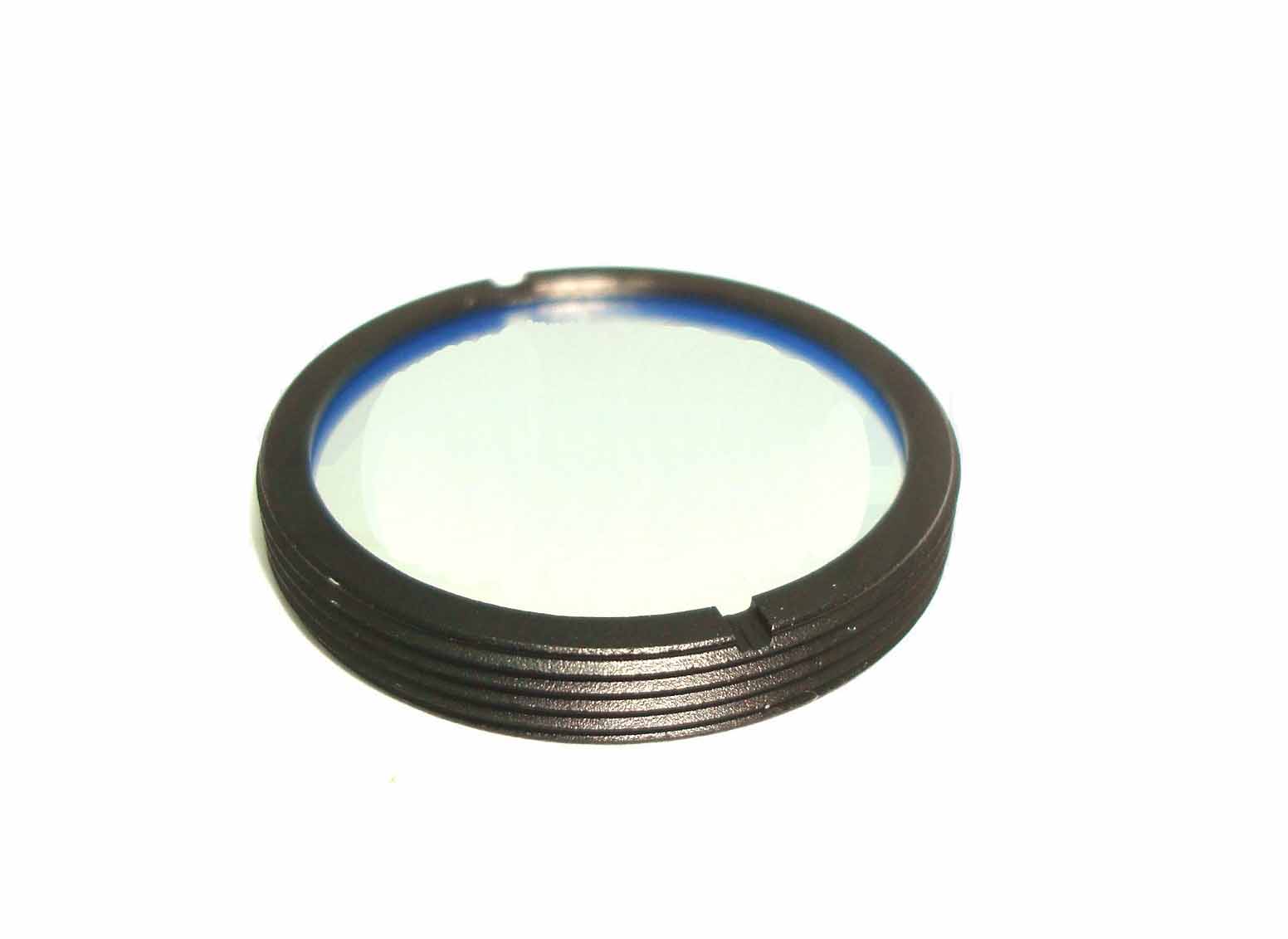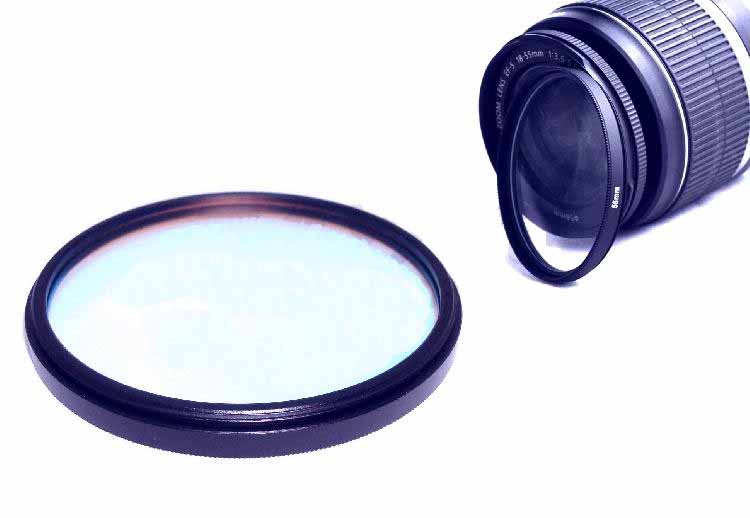CIE1931-XYZ Response Filter
Name: CIE1931-XYZ Response Filter
Substrate material: Optical Glass
Smoothness: 80-50 MIL-C-48497A
Clear aperture: >90%
Edge chamfer: <0.2mm
Operating temperature: -40°C /+180°C (low stress state)
Storage environment: Constant temperature ~23°C; Constant humidity <40%
TCF-GP Tristimulus Chromaticity Filter (CIE1931-XYZ response filter) (RGB filter)
Borisun Optics' tristimulus chromaticity filters have high transmittance and high matching accuracy CIE1931 standard tristimulus value curve.
Conventionally, we provide a three-piece set of universal product filters. In addition, we can provide optimized customization services according to the target high-precision matching provided by the user.
The CIE1931-XYZ response filter provided by Borisun Optics has good film density and firmness, no wavelength drift under high and low temperature changes, 10 years of replacement-free under normal conditions, and good durability under harsh environments.
CIE Spectral Tristimulus Values
In color matching, the three colors used to mix colors to produce any color are called primary colors. Usually, red, green, and blue are used as the three primary colors in additive color mixing in order to obtain the most mixed colors.
In the color matching experiment, the number of primary colors required to achieve color matching with the color to be tested is called the tristimulus value, recorded as R, G, and B. A color corresponds to a set of R, G, and B values. Colors with the same R, G, and B values must have the same color feeling (appearance).
CIE-XYZ spectral tristimulus values are obtained by mathematical transformation of CIE-RGB spectral tristimulus values, denoted as. Although CIE-RGB spectral tristimulus values can indirectly reflect the relative brightness of isoenergetic spectral colors through formula (1), it is not very intuitive. The relative brightness of isoenergetic spectral colors obtained by multiplying the unit quantity and the photopic spectral luminous efficiency function of the human eye V(λ), in order to intuitively represent the brightness of the color, CIE stipulates y(λ)=V(λ), so y(λ) not only represents the amount of green primary color in the color light to be matched (isoenergetic spectral color). It also represents the brightness of the color light to be matched, which is used to calculate the brightness characteristics of the color. Since y(λ) conforms to the photopic spectral luminous efficiency function, CIE-XYZ spectral tristimulus values represent the color vision characteristic parameters of the human eye in the calculation of the object color chromaticity value.
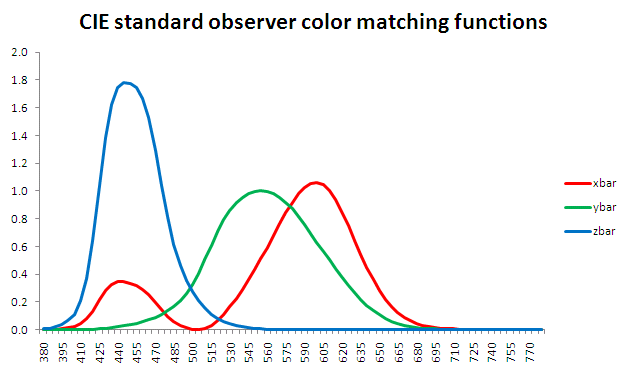
Borisun Optics low-cost universal tri-stimulus chromaticity filter
Basic Parameters:
Size: Customizable, with or without ring, C-mount package, etc.
Thickness: R filter thickness 1.1mm; G filter thickness 0.55mm; B filter thickness 1.1mm
Cut-off range: 200-1000nm
Cut-off depth: OD2-OD4
Transmittance: >98.4%
The Following is the Measured Curve for R-X Filter
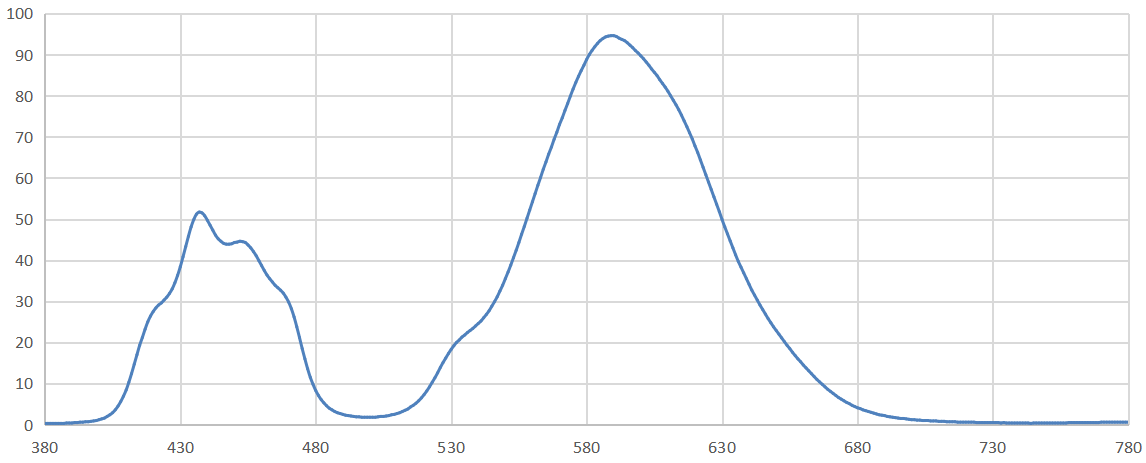
The Following is the Measured Curve for G-Y Filter
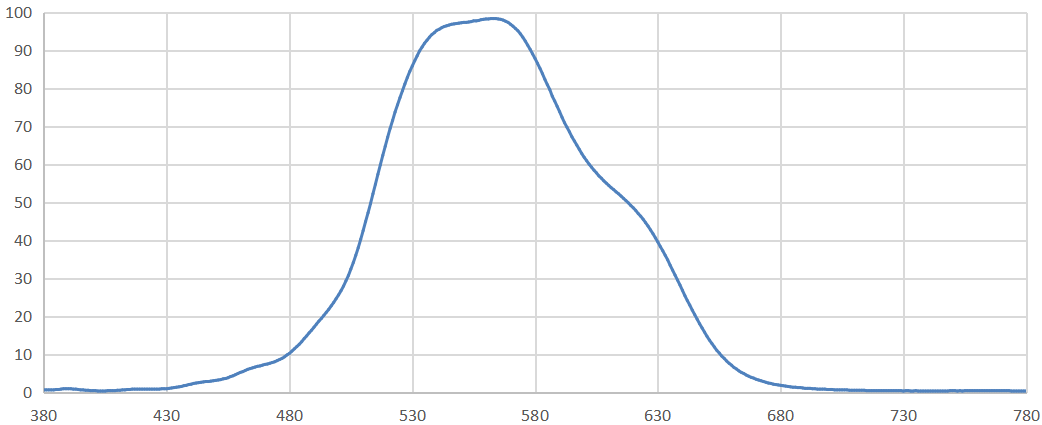
The Following is the Measured Curve for G-Y Filter
If you are interested in this product and want to know more detailed product information, please fill in the following form to contact the manufacturer directly:
INQUIRY
CATEGORIES
LATEST NEWS
CONTACT US
Contact: Jessie
Phone: +86 13772020541
E-mail: info@borisun.com; jessie@borisun.com
Whatsapp:+86 13772020541
Add: First floor, dalanyingthermal insulation material factory, Shima Road, Hantai District, Hanzhong City, Shaanxi Province, China 723000
